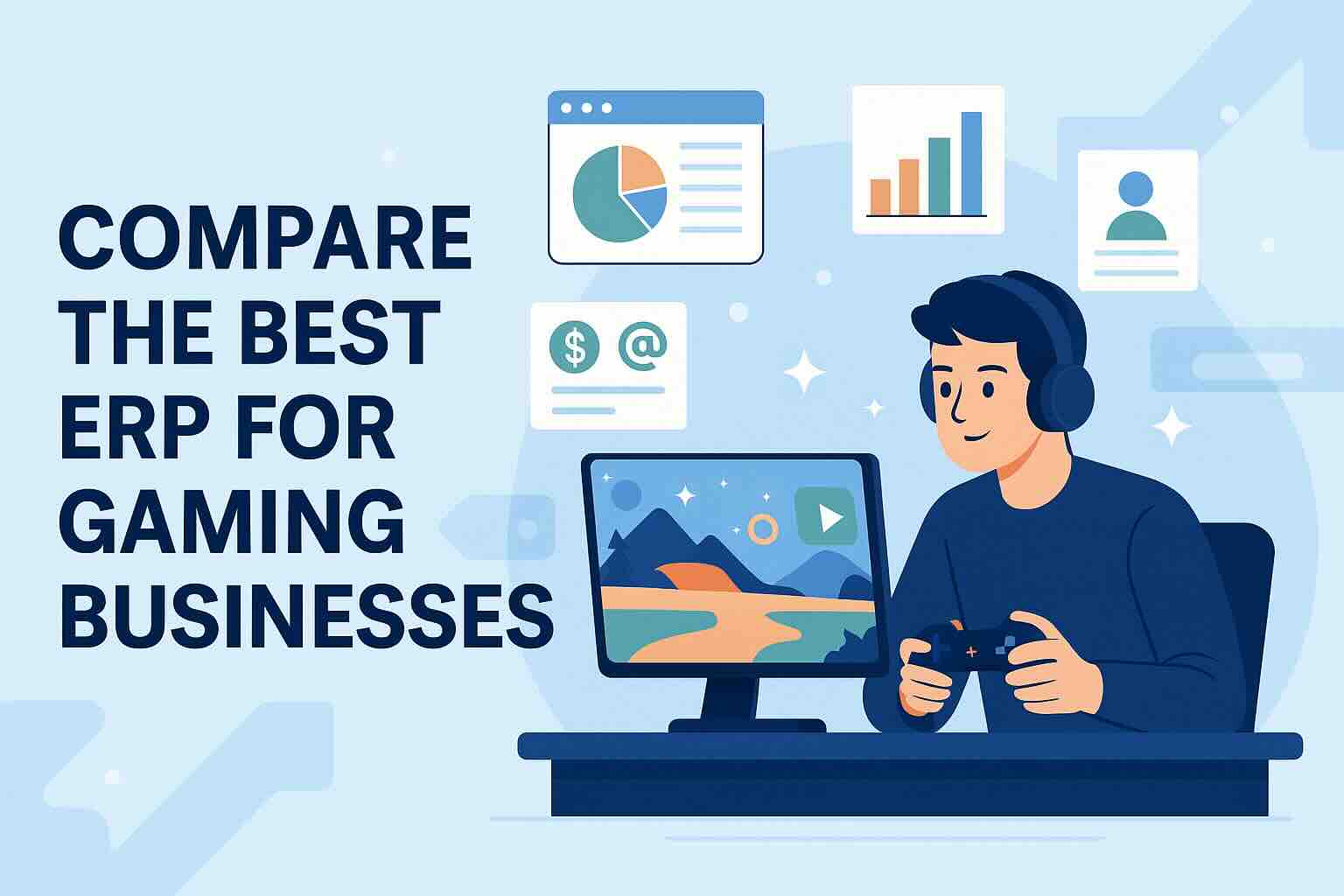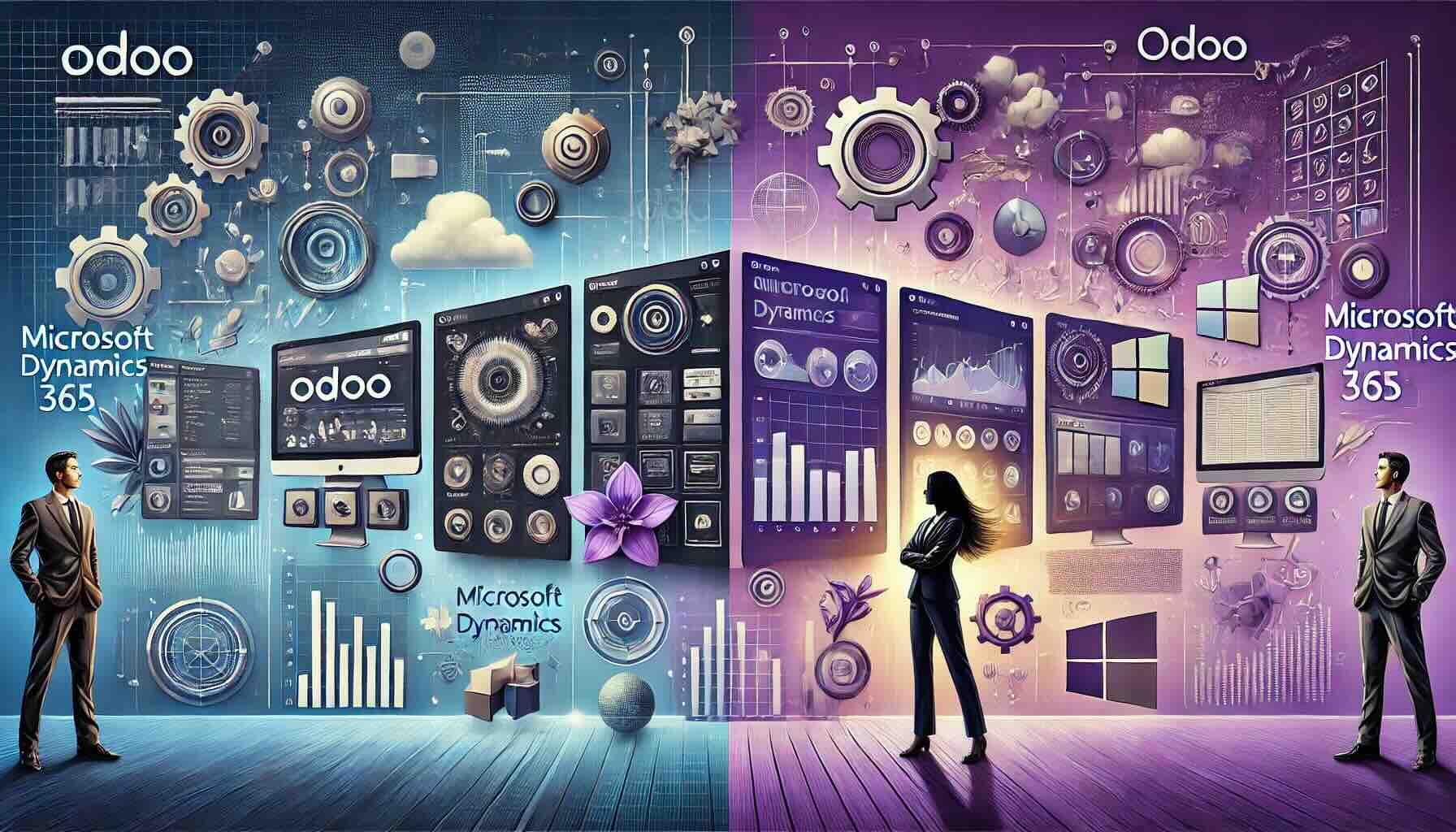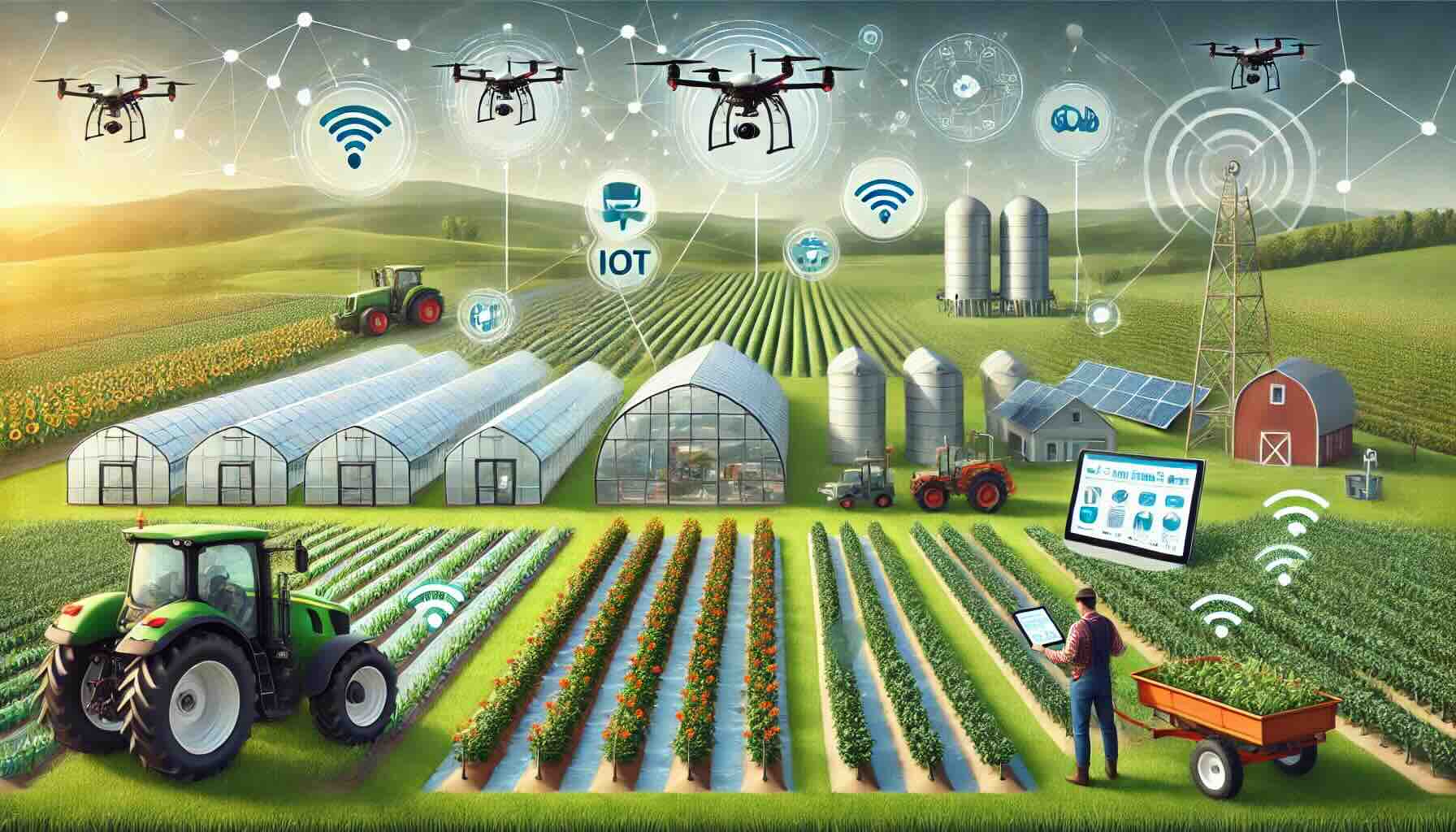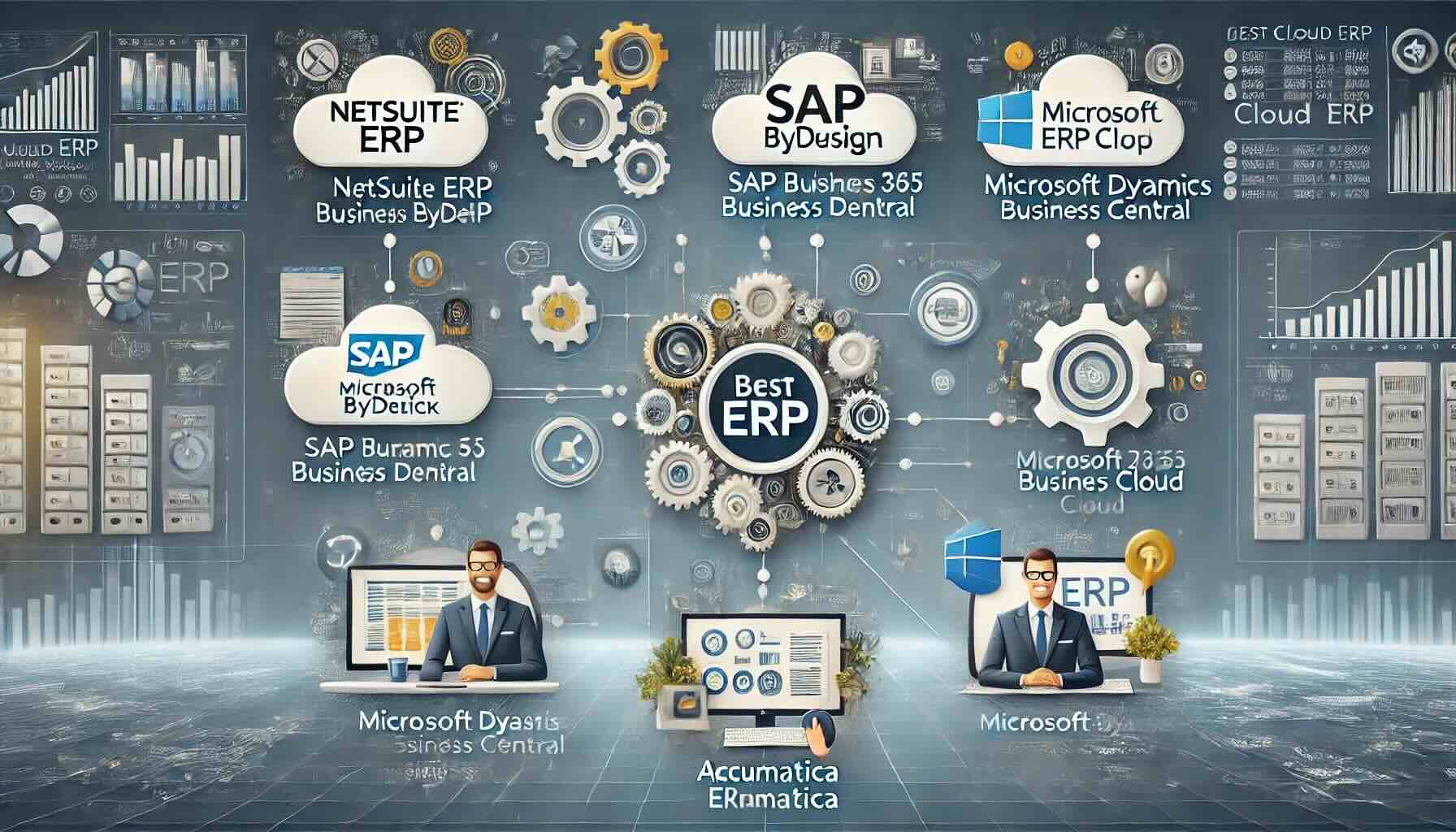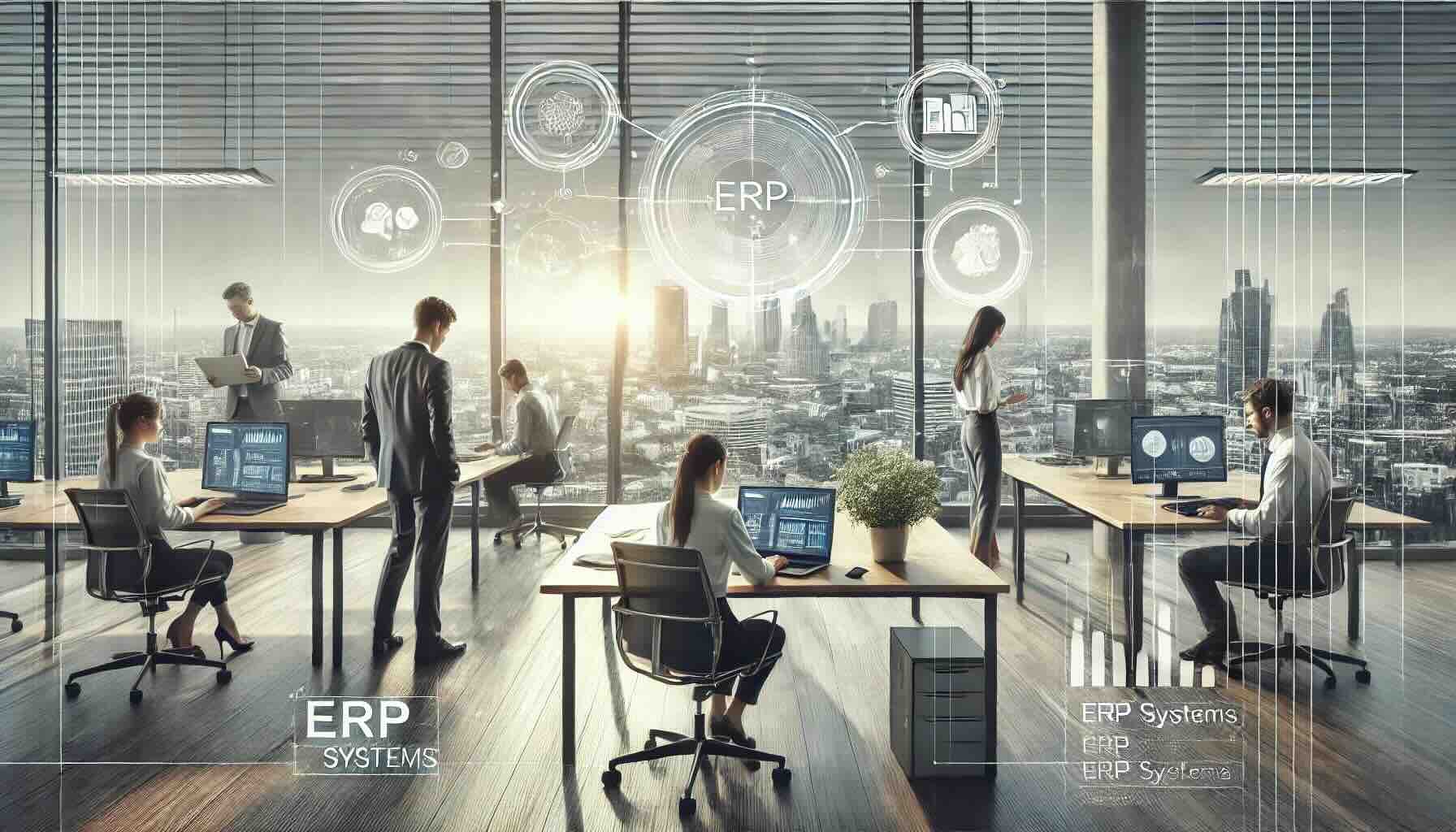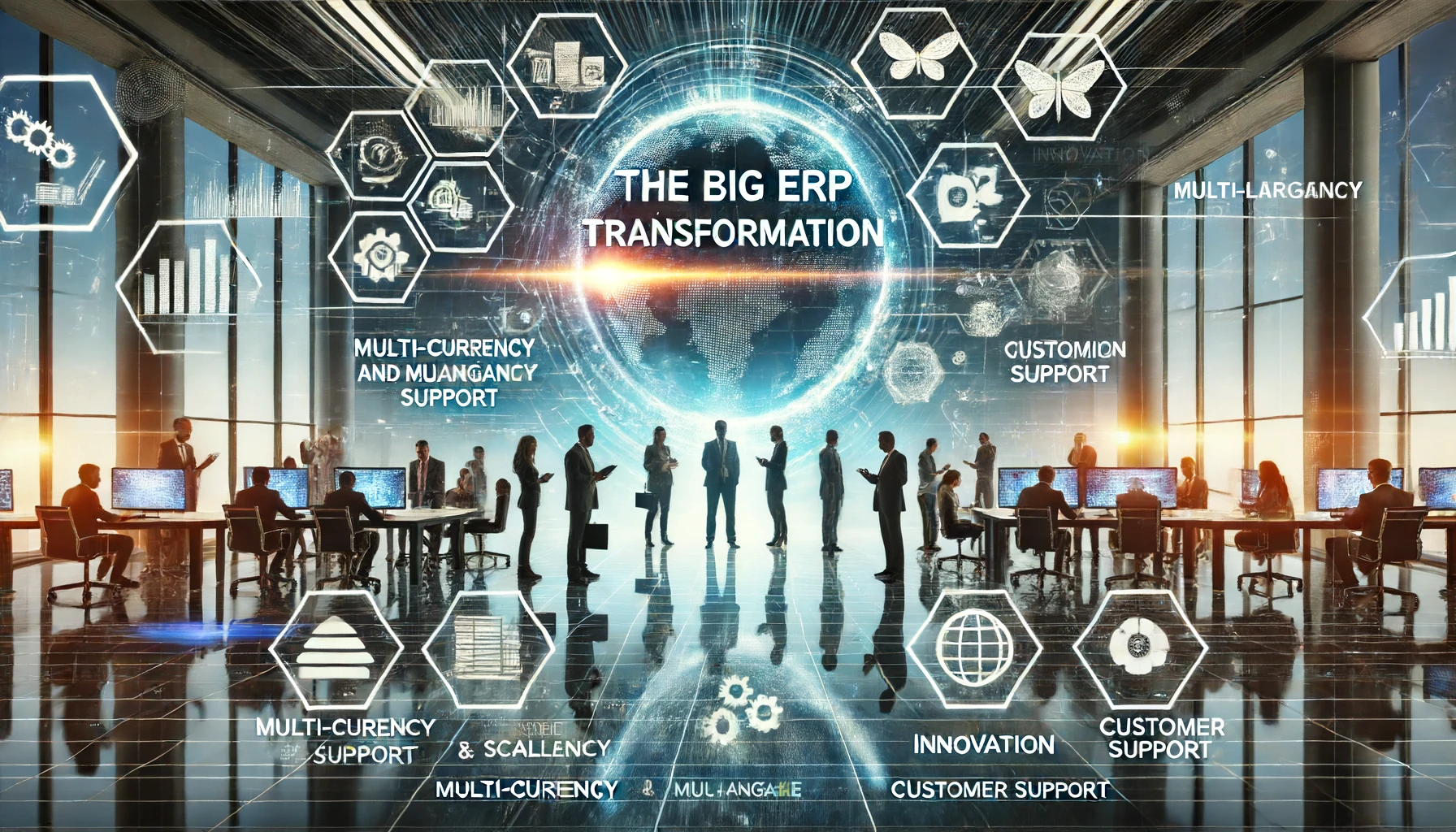The Best ERP Systems for 2025: Features, Pros & Cons
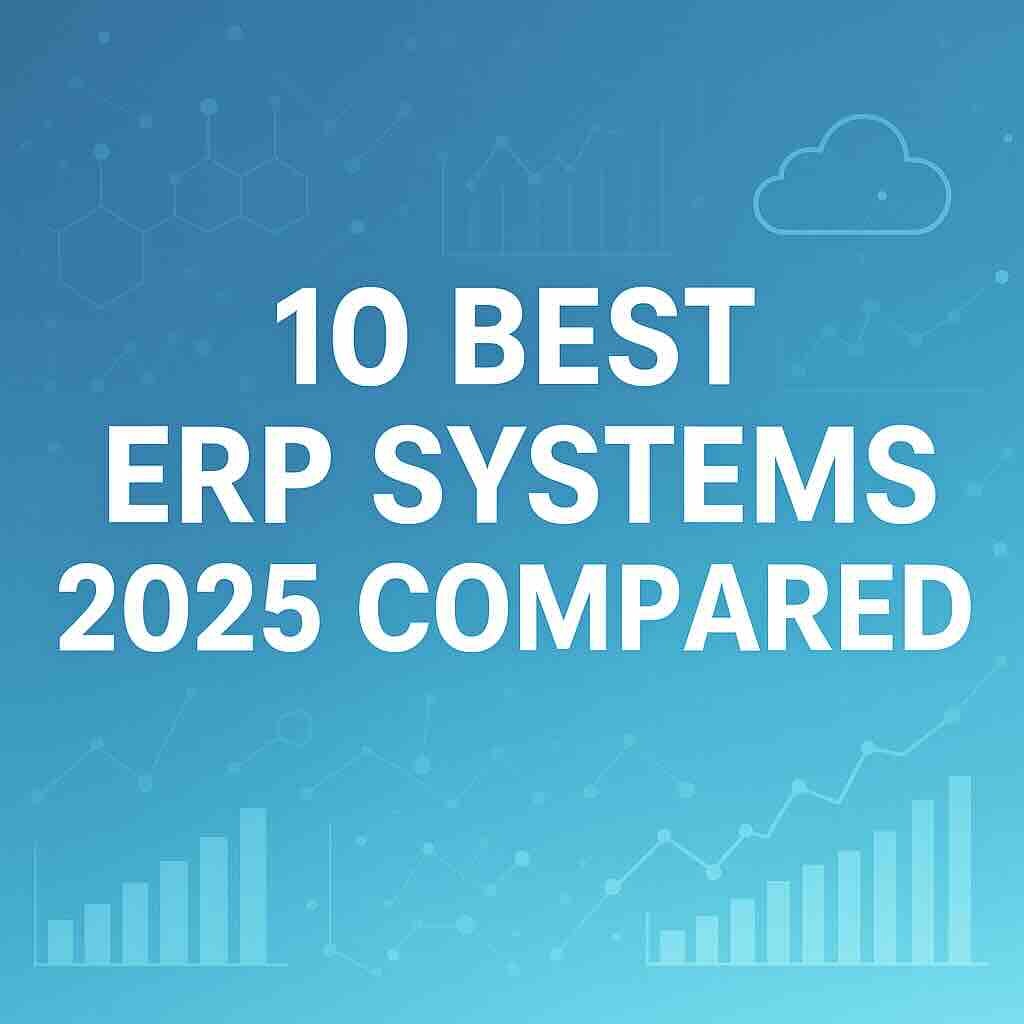
Choosing the right ERP system can transform a business. The best ERP systems bring all your data into one place, improve efficiency, and make decisions easier. Yet many choices can make the process confusing.
This guide explains the best ERP systems in 2025. It gives clear features, benefits, and possible drawbacks. It also shows new trends, so you can choose a system that will still work well in the future.
1. SAP S/4HANA Cloud
SAP S/4HANA Cloud is SAP’s main ERP platform. It runs on a fast, in-memory database. As a result, it handles large amounts of data quickly. It also comes with ready-made processes for many industries.
Key Features:
-
Real-time data and reports
-
Pre-built industry processes
-
Low-code tools for simple changes
Pros:
-
Works for very large companies
-
Has deep industry knowledge
-
Large support and partner network
Cons:
-
High cost to set up and run
-
Needs careful planning to avoid heavy custom work
To find out more about SAP S/4HANA you can visit this link.
2. Oracle Fusion Cloud ERP
Oracle Fusion Cloud ERP covers finance, purchasing, risk, and projects in one cloud tool. In addition, it updates every quarter and uses built-in AI for forecasts.
Key Features:
-
Linked finance and supply chain
-
Machine learning and chat assistants
-
Many APIs and easy links to other apps
Pros:
-
New features arrive often
-
Strong security and compliance
-
Global data centers
Cons:
-
High price for small firms
-
Some limits on custom changes
To find out more about Oracle Fusion you can visit this link.
3. Microsoft Dynamics 365
Microsoft Dynamics 365 brings ERP and CRM together. Because of its tight link with Microsoft 365 and Azure, it suits firms already using those tools.
Key Features:
-
ERP and CRM modules in one
-
Built-in links with Microsoft 365 and Teams
-
AI for insights and automation
Pros:
-
Familiar tools and look
-
Easy to adjust using Power Apps
-
Flexible ways to buy modules
Cons:
-
Price can rise as you add modules
-
Works best if you are already in the Microsoft world
To find out more about Microsoft you can visit this link.
4. Infor CloudSuite
Infor CloudSuite offers cloud ERP for industries like manufacturing, healthcare, and public services. In addition, its analytics tool (Birst) is built in.
Key Features:
-
Industry editions ready to use
-
Built-in analytics
-
Modern, mobile design
Pros:
-
Deep features for key sectors
-
Simple user interface
-
Fast cloud setup
Cons:
-
Less flexible outside its main industries
-
Non-Infor links may need extra work
To find out more about Infor you can visit this link.
5. Epicor Kinetic
Epicor Kinetic (formerly Epicor ERP) focuses on manufacturing, distribution, and service firms. Because it supports both cloud and on-premise, you can choose what works best.
Key Features:
-
Advanced supply chain and manufacturing
-
Real-time reports
-
Flexible deployment
Pros:
-
Strong in manufacturing
-
Grows with your company
-
Industry-specific features
Cons:
-
Setup can be complex
-
May need custom work
To find out more about Epicor you can visit this link.
6. NetSuite ERP
NetSuite ERP, owned by Oracle, is a cloud system popular with growing mid-size companies. In addition, it supports many countries and currencies.
Key Features:
-
Unified finance, CRM, and online sales
-
Real-time dashboards
-
Multi-currency support
Pros:
-
Always updated automatically
-
Scales for growth
-
Many partners worldwide
Cons:
-
Subscription costs can add up
-
New users face a learning curve
To find out more about NetSuite you can visit this link.
7. SYSPRO ERP
SYSPRO ERP serves manufacturers and distributors. Above all, it offers simple screens and strong core features.
Key Features:
-
Manufacturing and supply chain modules
-
Built-in analytics
-
Cloud, on-premise, or hybrid
Pros:
-
Industry depth
-
Flexible deployment
-
Easy interface
Cons:
-
Smaller partner network
-
Some third-party links may be harder
To find out more about Syspro you can visit this link.
8. Acumatica Cloud ERP
Acumatica is a cloud ERP built for mid-size firms. Unlike many others, it offers unlimited user pricing.
Key Features:
-
Finance, CRM, and project tools
-
Real-time data
-
Flexible deployment and open APIs
Pros:
-
Transparent pricing
-
Strong mobile support
-
Easy to integrate
Cons:
-
Fewer ready-made industry versions
-
Complex projects need skilled partners
To find out more about Acumatica you can visit this link.
9. Sage X3
Sage X3 (also called Sage Business Cloud Enterprise Management) suits medium to large businesses. It handles finance, supply chain, and manufacturing.
Key Features:
-
Multi-currency, multi-language
-
Advanced manufacturing
-
Mobile and web UI
Pros:
-
Simple to use
-
Scales to global operations
-
Flexible deployment
Cons:
-
May need extra integration work
-
High price for smaller firms
To find out more about Sage X3 you can visit this link.
10. Odoo ERP
Odoo is an open-source ERP with hundreds of apps. Because it’s modular, you can start small and grow over time.
Key Features:
-
Open-source core with paid support
-
Many apps and integrations
-
Real-time dashboards
Pros:
-
Very low cost compared to big vendors
-
Huge community
-
Easy to expand
Cons:
-
Quality of community apps varies
-
Needs experienced partners for setup
To find out more about Odoo you can visit this link.
Trends to Watch in the Best ERP Systems
As of 2025, several trends shape the best ERP systems:
-
Built-in AI: Predictive insights, chatbots, and automated workflows.
-
Composable ERP: Pick and mix apps instead of one monolith.
-
Low-Code Tools: Business users can adjust processes quickly.
-
Cloud First: Secure, global deployments with less upkeep.
These shifts mean today’s ERP can be faster, smarter, and easier to change than older systems.
Conclusion
The best ERP systems share a goal: to simplify and unite your business processes. However, each platform has unique strengths and limits. Therefore, before you choose, think about your industry needs, budget, and growth plan. By doing so, you can pick a system that fits now and adapts later.
Ready to transform your business? Implementing the right ERP system could be the game-changer you need. With our AI-powered Compare ERP tool, you can effortlessly explore and compare solutions tailored to your unique business needs. Our advanced engine analyzes millions of data points across more than 100 ERP solutions and delivers your top three picks based on your priorities. Best of all, it’s completely free. Take the first step toward streamlining operations and boosting productivity and start comparing today!
